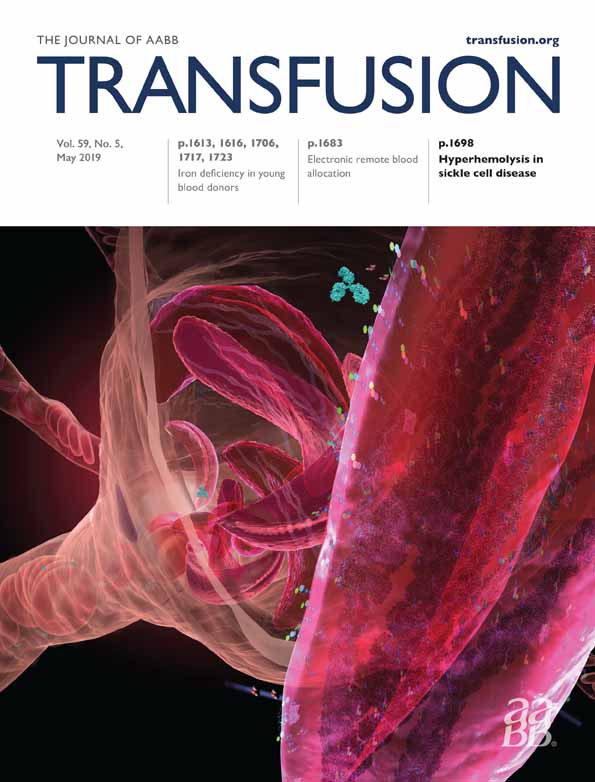Effects of starting cellular material composition on chimeric antigen receptor T-cell expansion and characteristics
Abstract
BACKGROUND
When manufacturing chimeric antigen receptor (CAR) T cells using anti-CD3/anti-CD28 beads, ex vivo T-cell expansion is dependent on the composition of leukocytes used in the manufacturing process. We investigated the effects of leukocyte composition on CAR T-cell expansion and characteristics using an alternative manufacturing method.
METHODS
Anti–B-cell maturation antigen and CD19-CAR T cells were manufactured using autologous peripheral blood mononuclear cell (PBMNC) concentrates. The PBMNCs were enriched for lymphocytes using density gradient separation, which were used for CAR T-cell culture initiation. T-cell expansion was stimulated with soluble anti-CD3 and interleukin-2.
RESULTS
Fifty-one CAR T-cell products were evaluated; 28 anti–B-cell maturation antigen (BCMA) CAR T cells produced for 24 patients and 27 CD19 CAR T cells produced for 24 patients. CAR T-cell expansion was reduced when greater quantities of monocytes were present in the post–density gradient separation PBMNCs. In addition, the ratio of CD4 to CD8 cells in the CAR T-cell products after 7 days of culture was dependent on the quantity of monocytes, RBCs, and neutrophils in the post–density gradient separation PBMNCs. Greater quantities of monocytes and RBCs were associated with a greater proportion of CD4+ cells and greater quantities of neutrophils were associated with a greater proportion of CD8+ cells.
CONCLUSIONS
The composition of leukocytes used to manufacture CAR T cells can affect cell expansion and the composition of CAR T-cell products. More uniform or complete lymphocyte enrichment of PBMNCs improves the consistency of final CAR T-cell products.
CONFLICT OF INTEREST
The authors have disclosed no conflicts of interest.




